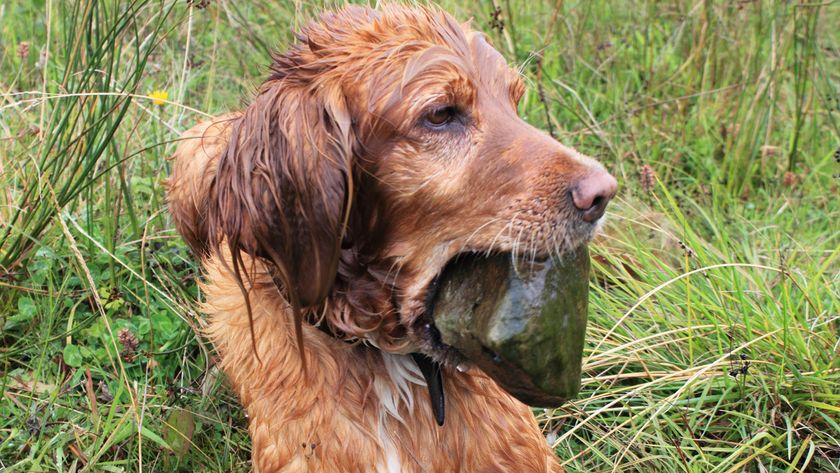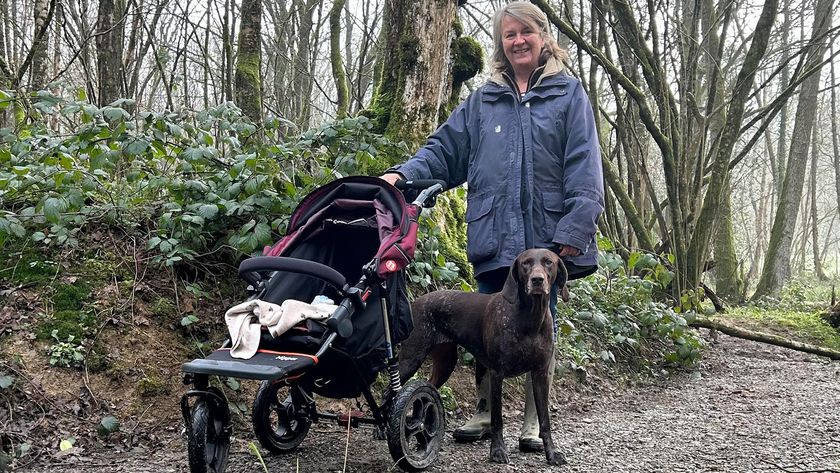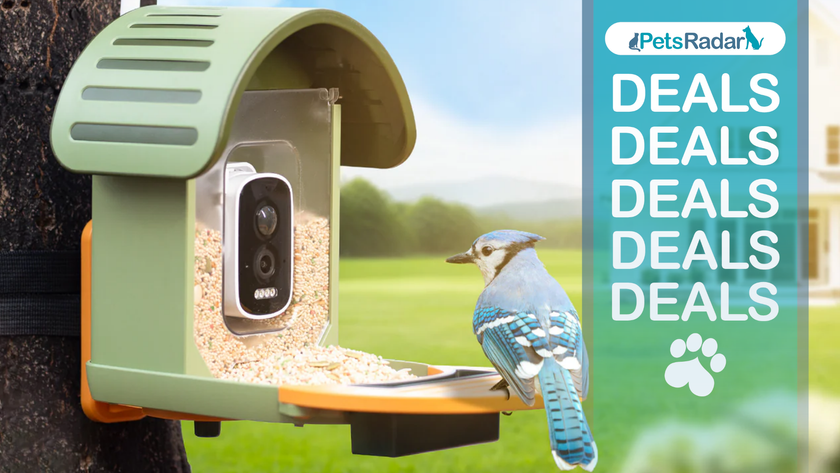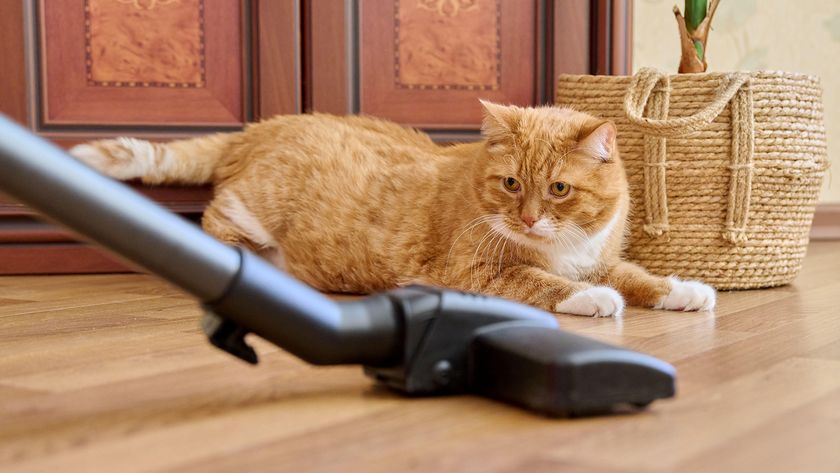Want your dog to walk better on a leash? Trainer reveals the secret to a smoother walking experience
Level up your dog's leash walking behavior and transform your walks into enjoyable and focused outings
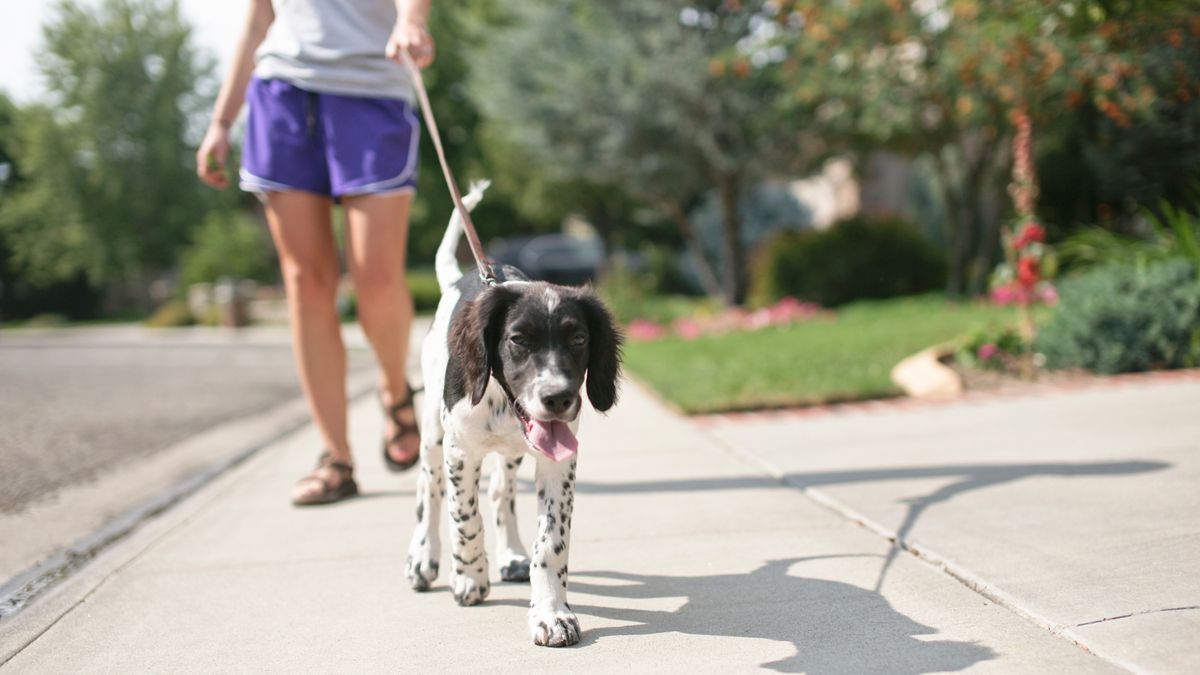
If you are in pursuit of improving your dog’s leash walking skill then the coveted "heel" position can be a game-changer, especially when navigating busy routes or passing distractions.
Most dog owners have had to learn how to stop a dog pulling on a leash but for some, it’s the issue can be much more persistent and 'heel' doesn’t always come as easy for some dogs.
However, this valuable skill not only enhances control during walks but it can also help to promote a stronger connection between you and your dog.
Achieving a successful "heel" position requires attention to a crucial factor that many dog owners often overlook: reward placement.
It's a classic error for many owners to hold the leash in the hand closest to their dog, which inadvertently causes them to reward the dog with some of the best dog treats by reaching across their body with the opposite hand.
Unfortunately, this gesture unintentionally pulls the dog forward instead of encouraging them to stay beside you, hindering the "heel" training progress.
This insight comes from the professional dog trainers at Happy Dogs Training who took to Instagram to share their insights on this common mistake that can lead to your dog heeling too far forward and cutting you off.
If you want to master the 'heel' command with your dog and improve their leash walking behavior then keep reading to find out more. But first, take a look at the Happy Dog Trainer's Instagram post below where they demonstrate their training tip on a model pup.
PetsRadar Newsletter
Get the best advice, tips and top tech for your beloved Pets
A post shared by Happy Dogs Training (@happydogstrainingnc)
A photo posted by on
To ensure a smoother walking experience and closer positioning with your dog, the expert trainers at Happy Dogs Training offer a simple yet powerful solution: swap the leash to your opposite hand and place the rewards in the hand nearest to your dog. This strategic reward delivery reinforces the desired position, encouraging your dog to walk alongside you, rather than crossing ahead.
Consistency is key when teaching the "heel" position. By delivering rewards in the designated location consistently, your dog will grasp the concept and learn to maintain the desired position beside you, eliminating the tendency to forge ahead during walks.
Mastering the "heel" position not only enhances your dog's leash manners but also builds a better bond and mutual understanding between you and your canine. With practice and patience, both you and your dog can revel in the pleasure of a well-executed "heel" position, transforming your walks into enjoyable and stress-free experiences.
Of course, teaching heel won't be the answer to all loose leash walking mistakes but it is a useful training tool to have on hand. If you're dealing with more troublesome behaviors on dog walks then don't hesitate to reach out to a professional trainer and book in some 1:1 assistance.

With over a year of writing for PetsRadar, Jessica is a seasoned pet writer. She joined the team after writing for the sister site, Fit&Well for a year. Growing up with a lively rescue lurcher kindled her love for animal behavior and care. Jessica holds a journalism degree from Cardiff University and has authored articles for renowned publications, including LiveScience, Runner's World, The Evening Express, and Tom's Guide. Throughout her career in journalism she has forged connections with experts in the field, like behaviorists, trainers, and vets. Through her writing, Jessica aims to empower pet owners with accurate information to enhance their furry companions' lives.

